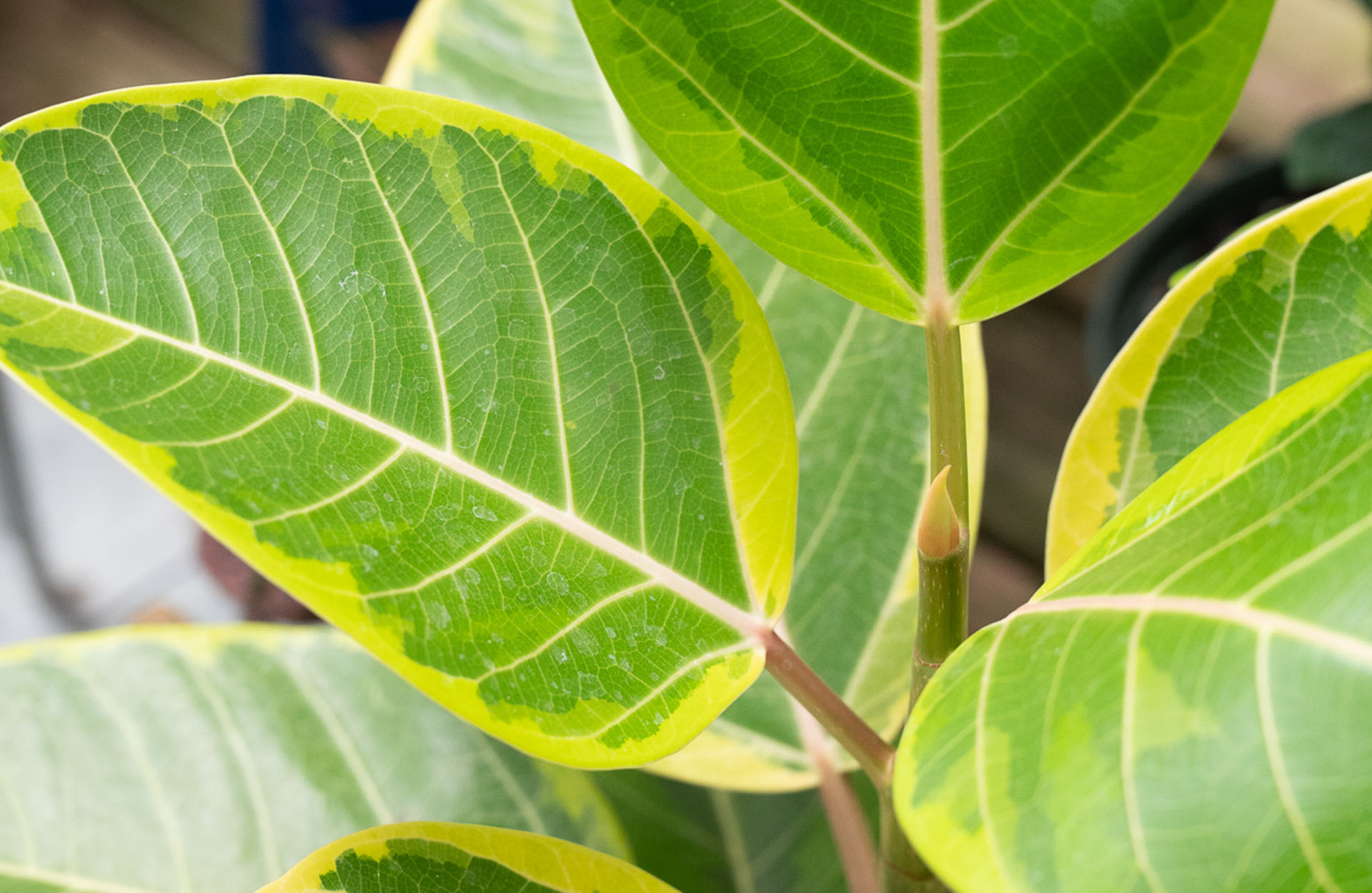
If you haven’t heard, houseplants are trending at historic levels. New gardeners and houseplant connoisseurs alike are flocking to the indoor plants craze – and with good reason! The benefits of houseplants are undeniable, there are less climate factors and no matter what size living space you’re in, you can at least have one or two plant babies. Of all the types of houseplants, the Ficus family is a favorite of ours due to its diverse varieties and generally easier care (with the Fiddle Leaf Fig being an outlier).
Care
Ficus is a genus of plants that is made up of many different species. The plants in this genus are so diverse, as previously mentioned, in terms of appearance that many people would not guess they are related! However different they may appear to be physically, they all have similar quirks and needs. Bright light is necessary for all Ficus species to thrive. I’m confident that any Ficus placed in a dark corner will let you know of its unhappiness by dramatically dropping its leaves. Do not move your ficus around to different locations, it doesn’t like that. However, it would be a good idea to rotate the plant occasionally so that every side gets adequate light. Consistent watering is essential and can be difficult for some people to maintain. If you are a forgetful with your watering or go out of town frequently then perhaps a Ficus is not well suited for your life. If provided with all that it needs to thrive, your Ficus will reward you with full branches of beautiful growth. Ficus trees can be the perfect statement piece for a brightly-lit room. Available in many sizes from small table-top specimens to tall ceiling brushing trees. The following is a list of some of the most popular Ficus species.
Interesting Fact
In the wild both Ficus benghalensis and Ficus altissima are considered “strangler figs” which are certain types of Ficus trees that have a strangling growth habit. They are considered hemiepiphytes meaning they spend the first part of their lives as epiphytes not growing in soil. Seeds dropped by birds into crevices of trees germinate and grow their roots downward in search of soil and simultaneously grow upwards in search of light through the canopy of the host tree. During this process, the strangler fig quite literally strangles its host tree to death with aerial roots and vines. The poor host trees often times rots away leaving behind a hollow strangler fig.
Our Favorite Varieties
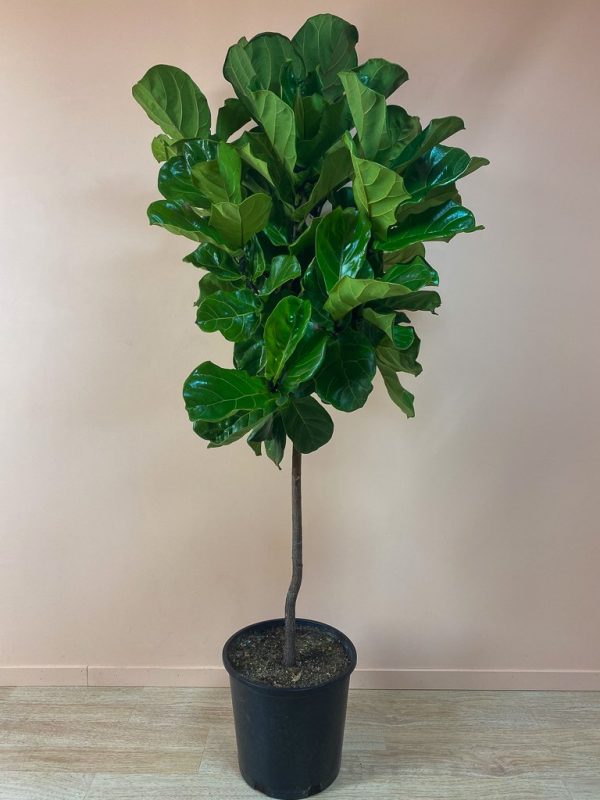
Ficus lyrata
More commonly known as Fiddle Leaf Fig is a beautiful and highly desired houseplant. It gets its common name from its large, green fiddle-shaped leaves. The Fiddle Fig is a tough one to please and many people struggle to keep them happy. Having enough light and providing the right amount of water is the key to success.
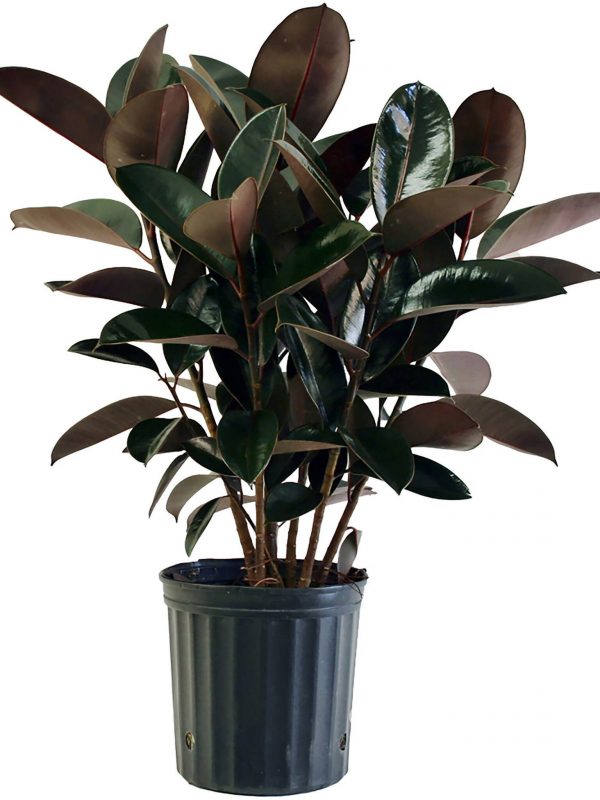
Ficus elastica
A.K.A. Rubber tree bleeds a milky latex sap that was at one point used to make rubber. Several cultivars exist such as “Burgundy” with dark almost black leaves to “Tineke” with brightly variegated leaves.
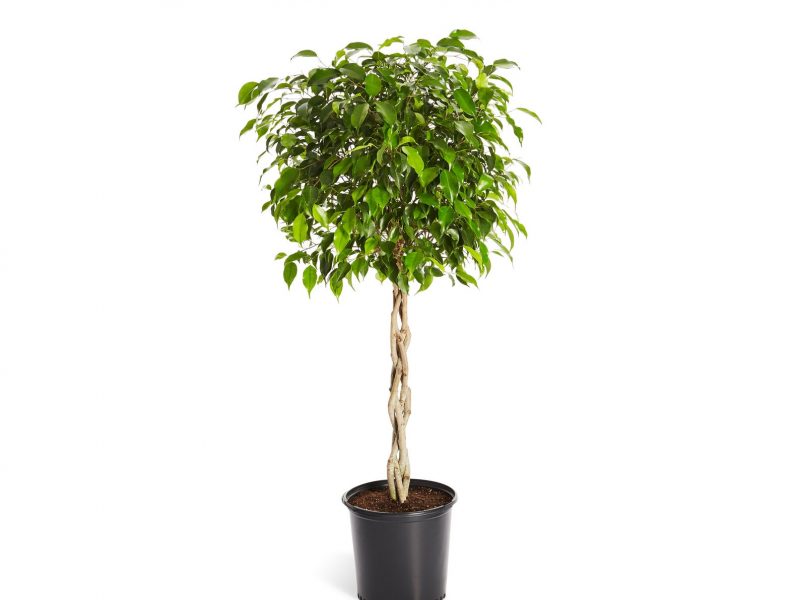
Ficus benjamina
Also called Weeping Fig or even just Ficus Tree is a familiar favorite that is often seen in office buildings. This species has a relatively small leaf compared to other Ficus
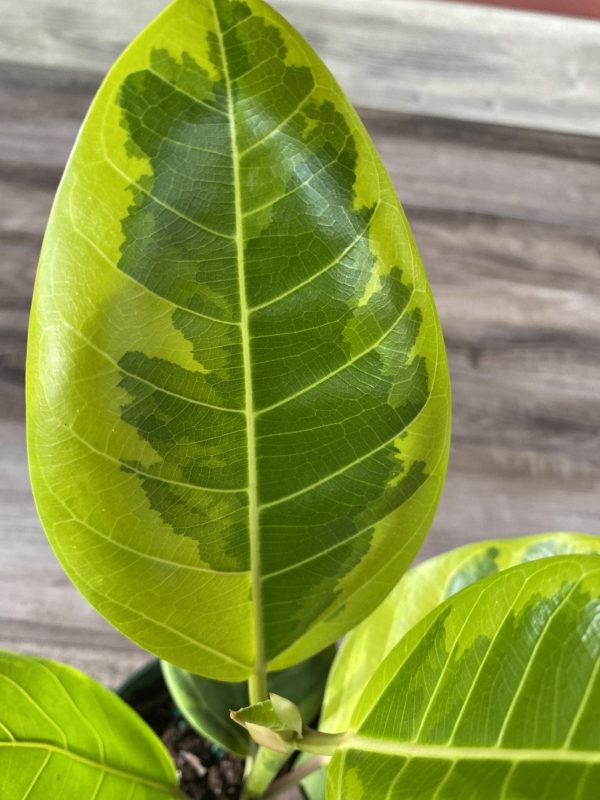
Ficus altissima variegata
A lovely neon-green variegated leaf that is truly stunning and unique.

Ficus audrey
(Ficus benghalensis) has a grey-green velvety leaf that differs from most other shiny leaved Ficus. This tree is also the national tree of India!
*This article was written by Savannah Atwell
(Tallahassee Nurseries Greenhouse Manager, FNGLA Florida Certified Horticulture Professional).

